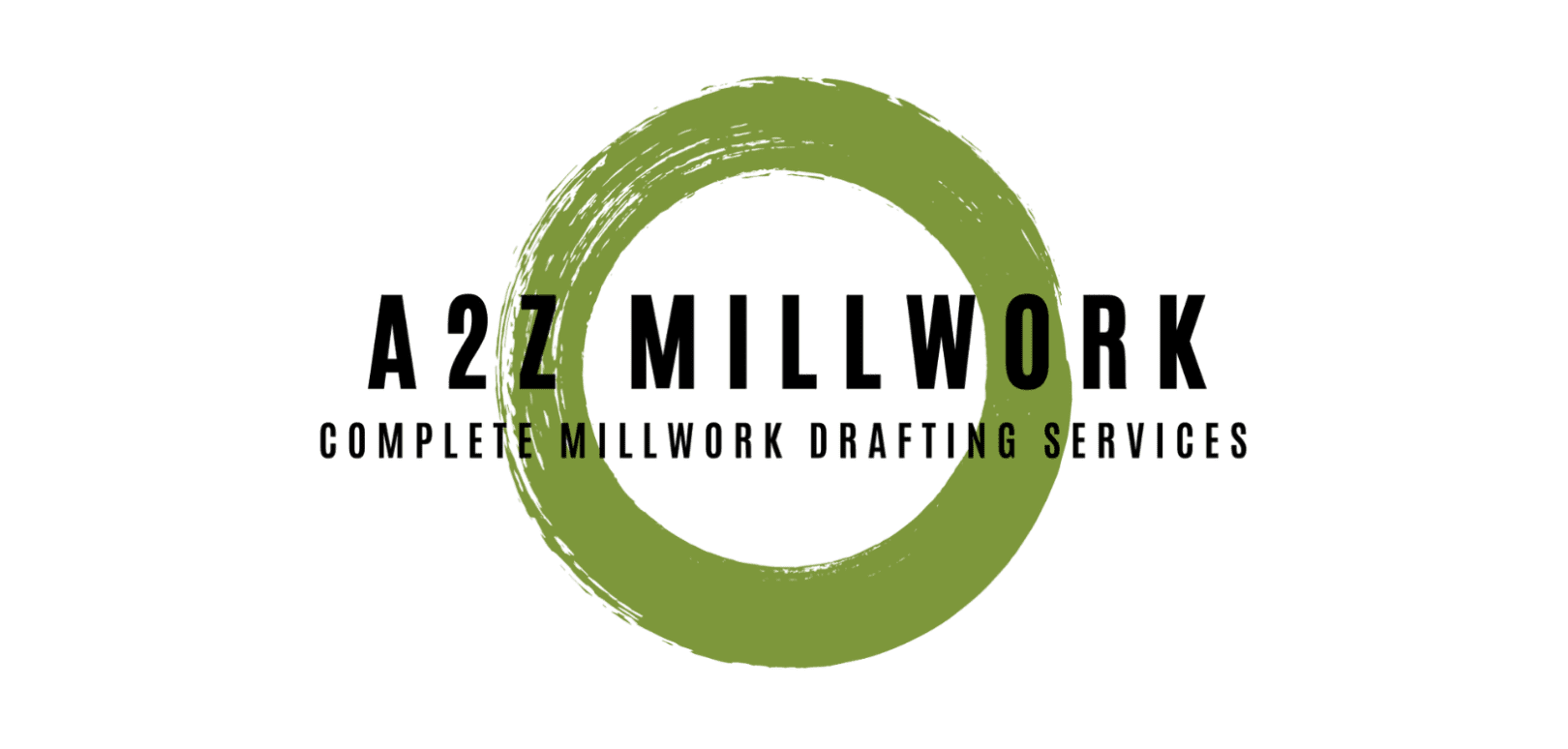How CNC-Ready Shop Drawings Reduce Waste in U.S. Millwork Operations
In today’s competitive U.S. millwork industry, reducing material waste is more than a cost-saving measure—it’s a strategic imperative. With increased demand for sustainability and lean manufacturing, CNC-ready shop drawings have emerged as an essential solution to minimize waste while increasing precision and efficiency. This article explores how these technical drawings streamline millwork production, especially in custom and architectural casework projects, and how firms like A2Z Millwork Design LLC help manufacturers achieve these goals.
Understanding CNC-Ready Shop Drawings
What Are CNC-Ready Shop Drawings?
CNC-ready shop drawings are detailed technical documents formatted for direct integration with CNC (Computer Numerical Control) machines. Unlike traditional blueprints, these drawings contain machine-readable data in DXF or DWG formats, enabling seamless transitions from design to fabrication.
Core Features Include:
- Precise dimensions and tolerances
- Layered construction details
- Joinery and hardware locations
- Material specifications
- Cut lists with optimized layouts
These features ensure that CNC machines can interpret and execute each cut, bore, or carve with minimal human intervention, thereby reducing manual errors.
The Waste Problem in Traditional Millwork Drafting
Common Sources of Waste:
- Manual Errors: Hand measurements and drafting often lead to inaccuracies that cause material rework.
- Inefficient Nesting: Poorly optimized layouts result in excessive material offcuts.
- Redundant Production: Lack of synchronization between design and manufacturing can lead to duplicated efforts or scrap.
According to the U.S. Department of Commerce, manufacturing waste can account for up to 10% of raw material costs in custom millwork operations. In large-scale projects, this translates into tens of thousands of dollars in losses.
How CNC-Ready Drawings Reduce Waste
1. Enhanced Nesting Efficiency
CNC-ready shop drawings are created with nesting algorithms that optimize the placement of parts on raw materials. This:
- Minimizes offcuts
- Reduces scrap
- Maximizes yield per sheet
2. Elimination of Redundant Cuts
With every detail pre-programmed, the CNC router performs only necessary operations. There is no risk of accidental duplicate cuts, saving both time and material.
3. Real-Time Design Adjustments
Changes made in the design software are instantly reflected in the CNC-ready files, ensuring production aligns with the latest specifications and avoiding costly rework.
4. Digital Precision = Less Margin of Error
Tolerances can be defined to 1/1000th of an inch, virtually eliminating the inaccuracies that cause joints not to fit, requiring re-machining or replacement of parts.
CNC Integration in the U.S. Millwork Industry
Why U.S. Manufacturers Are Embracing CNC
- Labor Shortage: Automation fills the gap left by skilled labor shortages.
- Demand for Customization: CNC technology enables mass customization.
- Regulatory Pressure: LEED and other certifications require waste-reduction strategies.
According to the Architectural Woodwork Institute (AWI), 68% of U.S. millwork firms are investing in CNC-integrated processes by 2025, with shop drawings being the first critical step in this transformation.
Case Example – A2Z Millwork Design LLC
About A2Z Millwork Design LLC
A2Z Millwork Design LLC is a U.S.-based leader in millwork drafting services, specializing in CNC-ready shop drawings for casework, cabinetry, and architectural millwork. Their drafting team utilizes AutoCAD, Microvellum, and Cabinet Vision to deliver:
- DXF/CNC-ready files
- Optimized nesting layouts
- Detailed elevation and section views
- Hardware and joinery annotations
Real-World Impact
A Midwest-based cabinetry firm reported a 23% reduction in MDF waste after outsourcing their drafting work to A2Z. The streamlined drawings enabled them to:
- Cut production time by 15%
- Reduce rework by 30%
- Enhance installer confidence through clearer documentation
Best Practices for CNC-Ready Drafting
1. Maintain Layer Consistency
Use standard layer names for contours, pockets, and drill holes to ensure compatibility with CNC software.
2. Collaborate Early with Manufacturers
Early feedback from the shop floor can inform better design choices and nesting strategies.
3. Validate Drawings with Simulations
Run CAM software simulations to identify and correct tool path errors before production begins.
4. Standardize Your Templates
Creating reusable templates for cabinets and casework minimizes drafting time and ensures uniformity.
Conclusion: Draft Smarter, Waste Less
CNC-ready shop drawings are more than just digital blueprints—they are the bridge between design intent and flawless execution. By minimizing material waste, reducing rework, and enhancing precision, they have become indispensable to U.S. millwork manufacturers aiming for leaner, greener operations.
A2Z Millwork Design LLC continues to empower woodworking businesses across the country with expertly crafted CNC-ready drawings that drive efficiency from the drafting table to the production floor. For manufacturers looking to reduce costs and increase competitiveness, investing in professional CNC-ready drafting is no longer optional—it’s essential.



